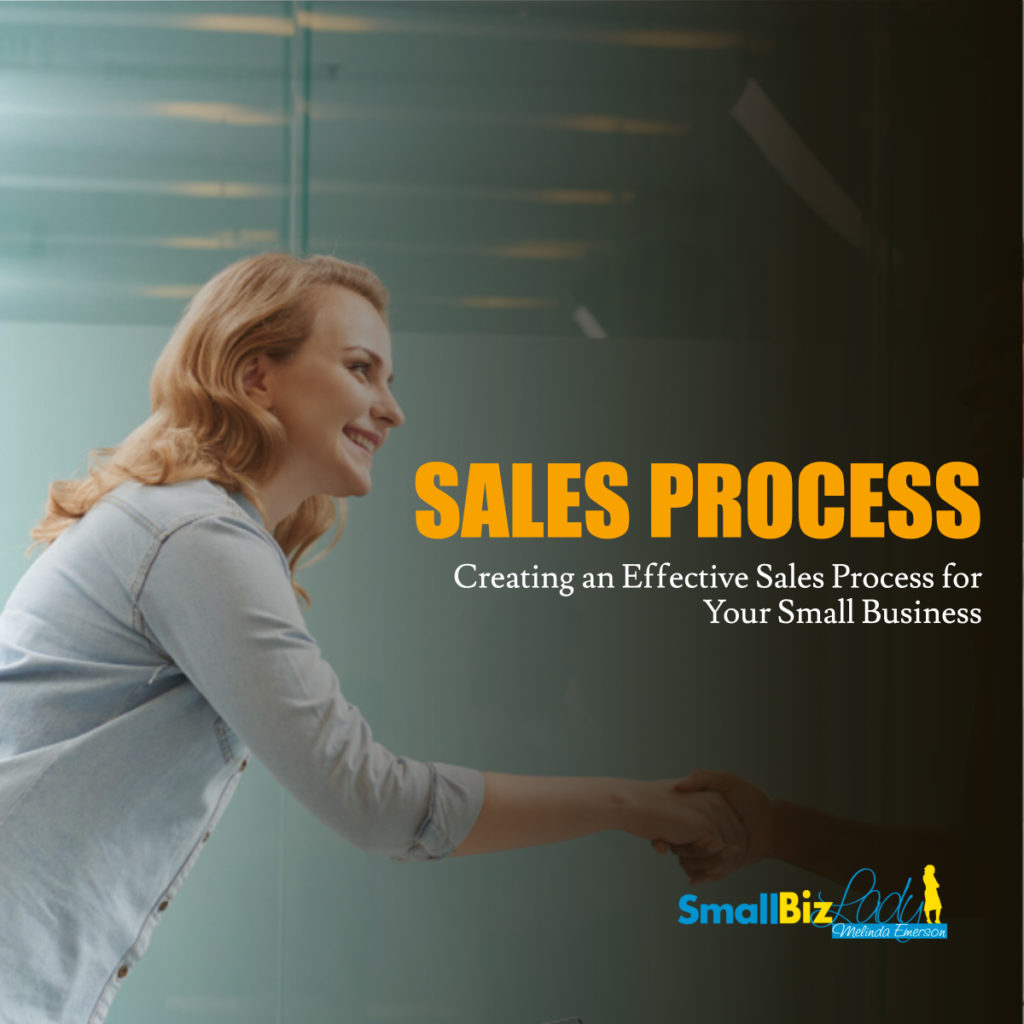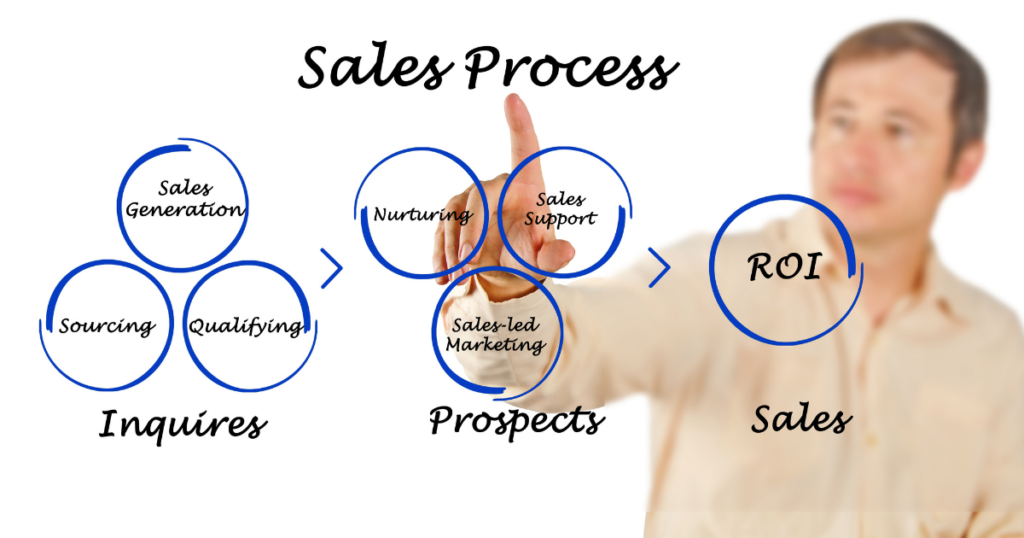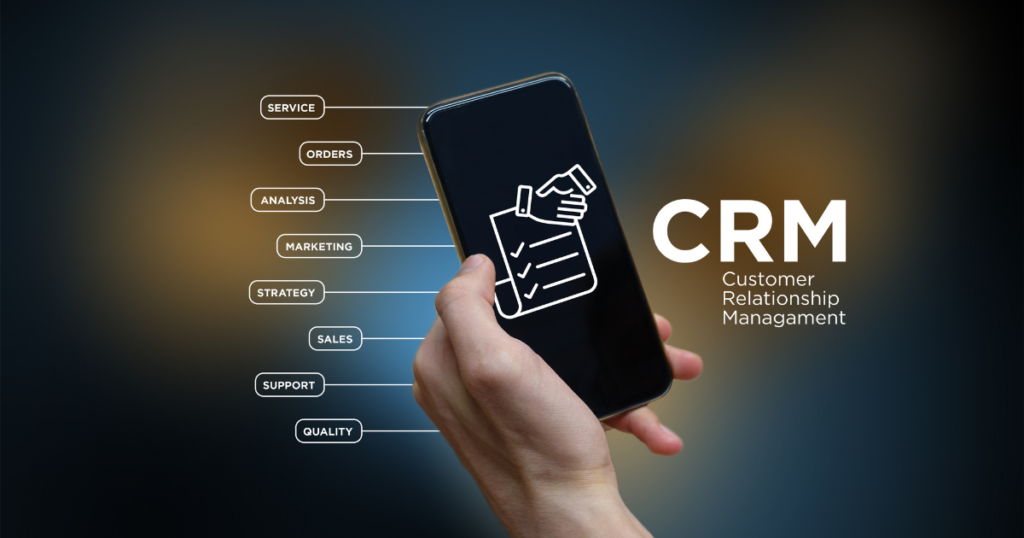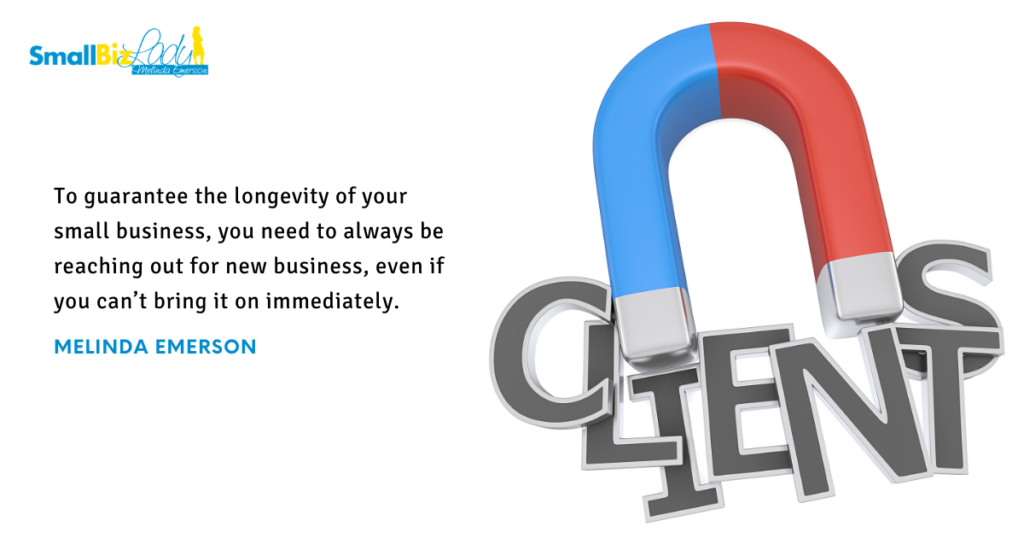Creating an Effective Sales Process for Your Small Business

 Developing a sales process is a simple thing that you can do that provides countless benefits for your small business. A sales process includes a series of steps that you repeat whenever you’re closing a deal or turning a potential lead into a buying customer. Another term for it is a sales cycle. Creating a well-defined sales process for your company is a vital component, just as important as the services or products you offer. It’s your roadmap to increasing your profits.
Developing a sales process is a simple thing that you can do that provides countless benefits for your small business. A sales process includes a series of steps that you repeat whenever you’re closing a deal or turning a potential lead into a buying customer. Another term for it is a sales cycle. Creating a well-defined sales process for your company is a vital component, just as important as the services or products you offer. It’s your roadmap to increasing your profits.
It may be tempting to create a super detailed sales process, but it’s not something we recommend. A sales process that’s too intricate can result in you getting overwhelmed and procrastinated.
This guide will go over the steps you need to take to create an actionable sales process that fits the style of your small business.
Follow These Tips for Creating a Sales Process

A good sales process has certain elements that ensure you’ll be set up for success.
1. Establish These Three Components
When creating a sales process for your small business, make sure that these three aspects are addressed:
- Consistent Schedule: You should know when and how often you will be performing your sales activities.
- Strong Messaging: Establish what you’re going to say and when you’re going to say it during the sales process.
- Mixed Media Plan: Use several different channels to convey your message and mix it up. Phone calls and emails are the most common avenues, but social media channels are another way to reach potential customers.
2. Determine the Best Time to Schedule Your Sales Activities
The best times for professional salespeople are between 9:00 AM and 4 PM. Do your research and call plans before reaching out to potential customers. The top salespeople conduct the behind-the-scenes activities before and after business hours, focusing on sales activities during business hours. However, stick to a schedule that you’re most likely to adhere to for your small business. Being consistent is essential.

For people you’re sure will become a customer, do your initial outreach and put them in a ‘drip’ system. Follow-up with them on a schedule, ensuring they’re up to date on your products and services. For prospects that you feel like will be a good customer, but it isn’t the right time, build out a ‘cadence’ or different types of outreach that you’ll use to get their attention. It typically takes six to 11 ‘touches’ to get a conversation going with a prospective customer. Don’t give up hope if they’re not immediately responsive.
3. Create an Effective Sales Cadence
A good sales cadence allows your prospect to experience your brand in multiple ways over a period of time. With this cadence, reach out to your customers over a series of several weeks. Tactics used during a sales cadence include:
- Emails
- Phone calls/voicemails
- Social media messages
Keep each outreach brief and to the point. Show your prospect what it’s like to work with you. If you’re fun to work with, be fun in your outreach. If you’re deliberate and serious, communicate that in each message. Give a clear understanding of how you and your business operate.

At the end of your sales cadence, communicate that it’s the ‘end’ of your messages but that you’re always available for them when the time is right. You don’t want your customers to feel like you’re a predator and they’re your prey. Wait a few days between each time you reach out to them. After you’ve made seven or eight attempts, let them know you won’t be reaching out anymore. This accomplishes three things for you:
- You’ll have more fun reaching out because there’s dignity in ending the outreach on your terms.
- Many people will respond when they think it’s the final message.
- You’ll need to move your prospects out of your pipeline if they’re not responding so you can make room for customers who will.
4. Utilize Effective Tools
Reliable internet and a mobile device are essential to outreaching prospective customers. A laptop is ideal because you can send emails much faster than typing on a phone. In addition, create business accounts on Facebook, Twitter, and LinkedIn so you can find prospects and learn more about them. It’s also vital to have a tool that tracks your sales funnel and activities, like a customer relationship manager (CRM).
In the past, CRMs were complex and expensive. Nowadays, there are many easy-to-use, simple, and very affordable options. Insightly is a great CRM platform for you to keep your sales, marketing, and project teams organized. Everyone in your organization can see what’s happening with business development and current customers. Access the full picture of all aspects of your customer’s journey in one location.

A CRM also provides the following benefits:
- Store everything about your sales process on one platform so you can quickly remind yourself where you are in the conversation when you reach out to your customer
- See where all of your deals are to ensure nothing falls through the cracks
- Set up each of your cadences as tasks, so you know what action you’re supposed to do next
- Evaluate how effective your sales processes are and readjust as needed
5. Never Stop Growing Your Business
A common mistake small businesses make is thinking that they have enough customers or not enough bandwidth to bring on additional clients. When they start thinking that way, they stop looking for and bringing in new leads. To guarantee the longevity of your small business, you need to always be reaching out for new business, even if you can’t bring it on immediately. A business is either growing or contracting, and there’s no substitute for having a full pipeline, no matter how busy you are.

Your sales process should change if your business is at capacity. First, evaluate your current customer base. If a certain customer makes up more than 15% of your profit or revenue, that’s a red flag. Stop selling your services to smaller customers and begin selling to potential ones with similar qualities to your larger client.
Part of your sales process should be focused on moving your small clients out of your business and replacing them with bigger accounts. When a business gets started, small business owners often bring in small and less profitable clients because they need them. Once you begin taking on larger clients, seek out similar-sized customers to replace the small ones. You may generate referral income by sending them to another business that can better serve them. A good sales process will help you do this consistently over time.
Establish a Thorough Sales Process for a Small Business
No matter what stage your business is in, you should never stop reaching out to prospective clients. Even if your days are jam-packed with client activities, outreach to bigger clients so you can increase your profits, don’t try to juggle multiple small clients that aren’t profitable for your business. An effective CRM tool will help you see where you’re using your resources and how to streamline your sales process.
Have you implemented a sales process into your small business? Drop a comment with additional tips and tricks.
Read More
Source

No comments